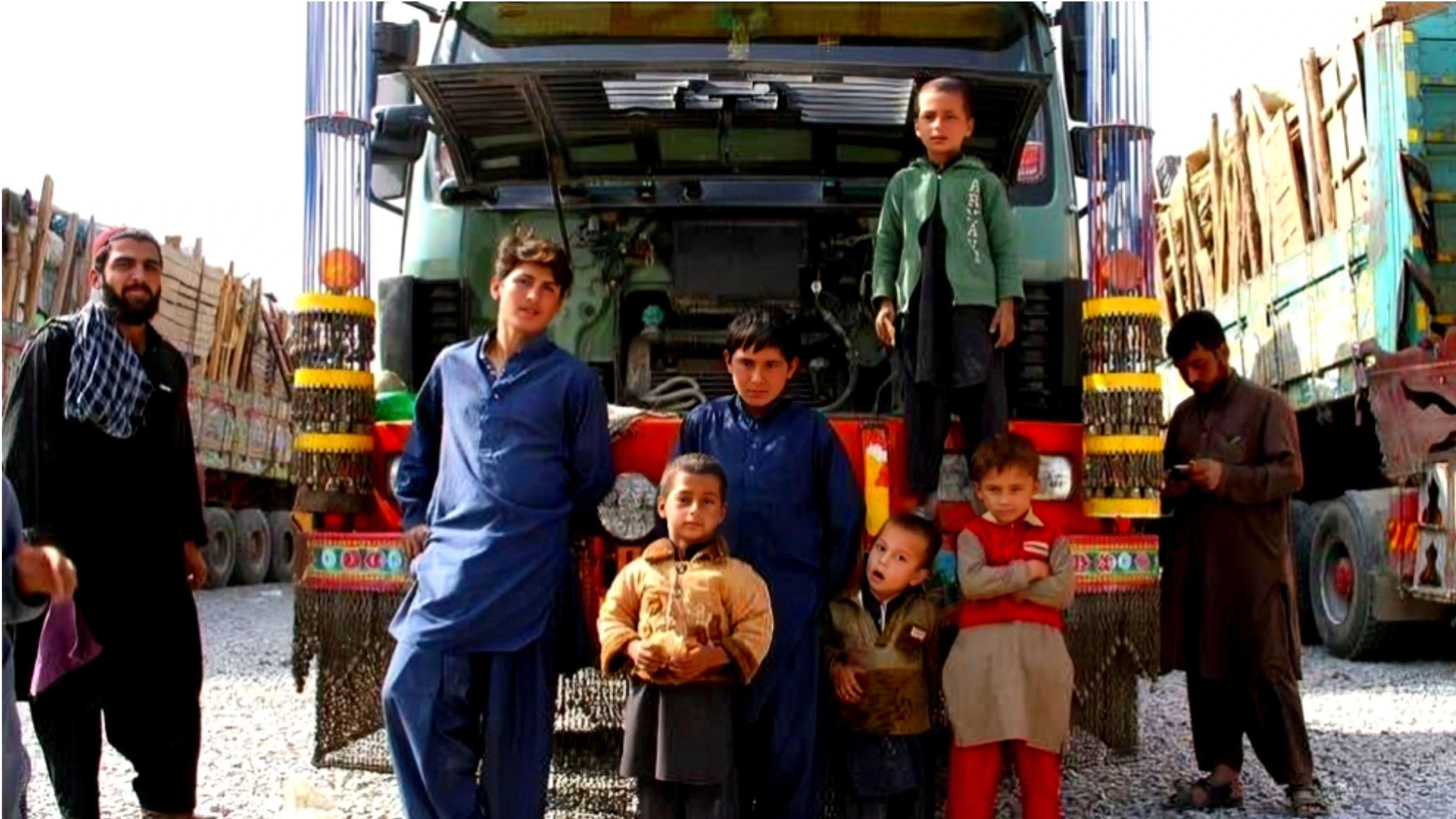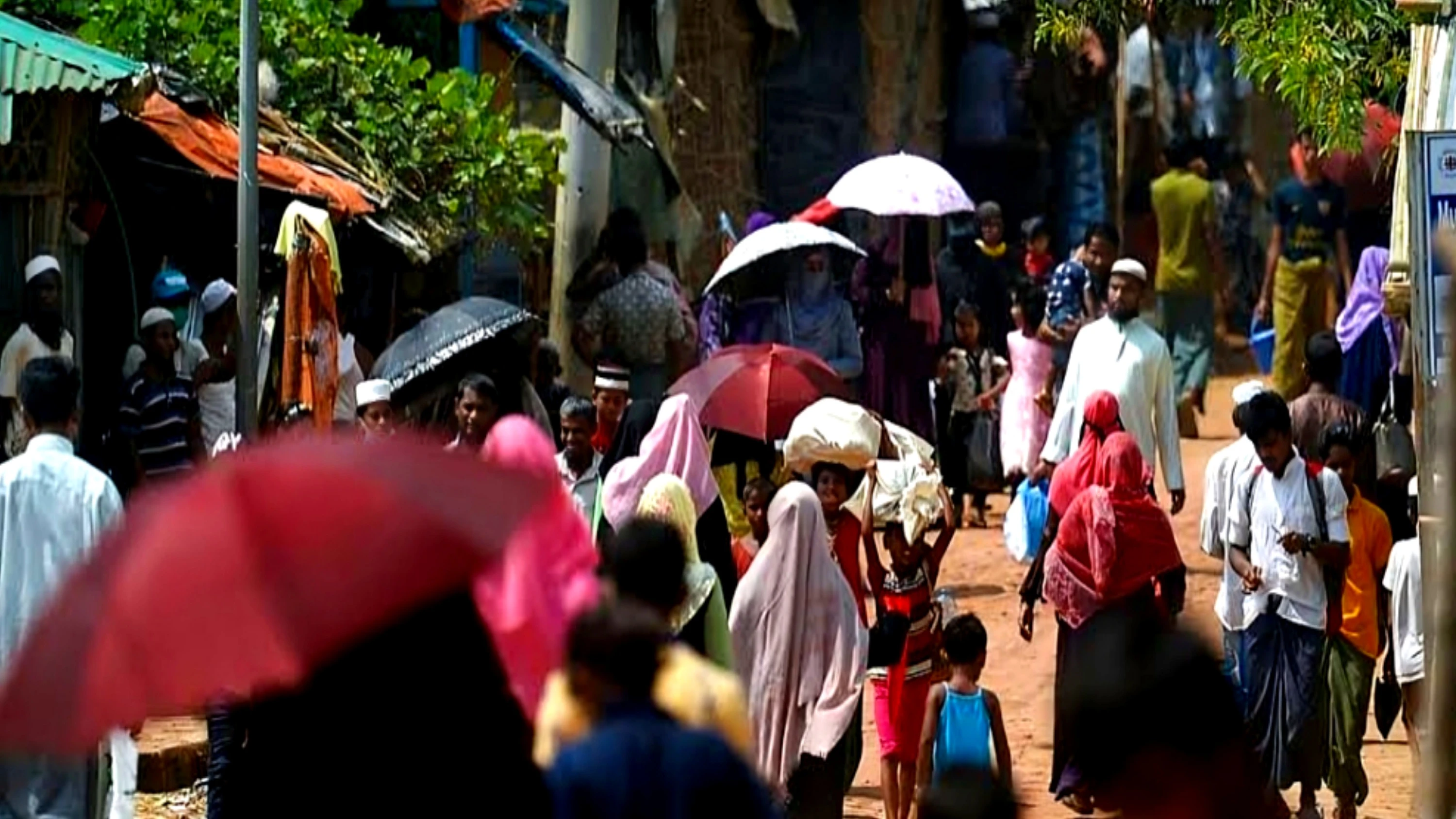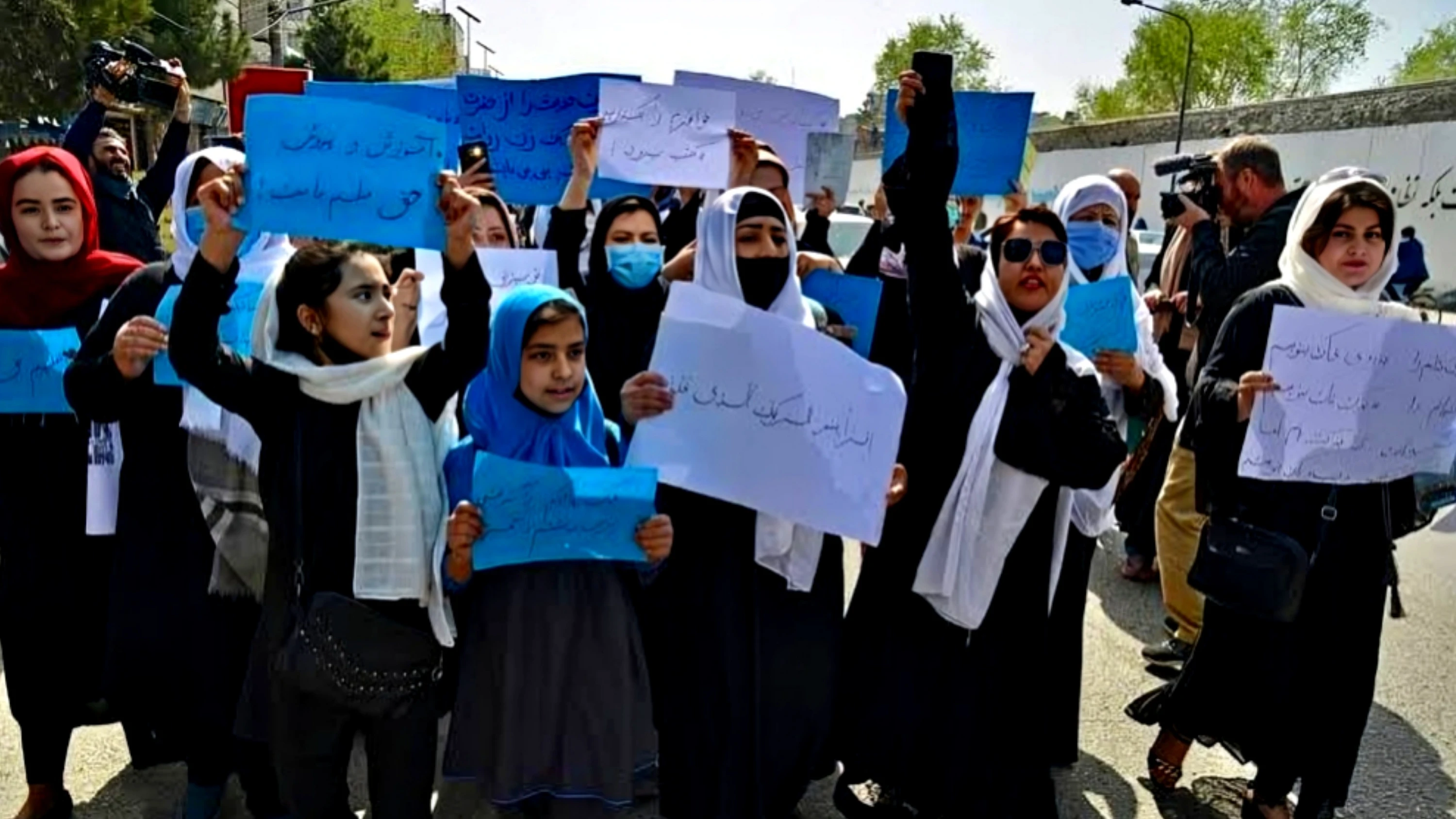Report: A recent study by the United Nations Economic and Social Commission for Asia and the Pacific (UN-ESCAP) has highlighted that Karachi and Dhaka will be among the top ten cities in the Global South to witness massive climate migration by 2050. The study warns that if global temperatures rise by 1.5°C above pre-industrial levels, these cities will see an influx of millions of climate migrants.
According to the "Urban Transformation in Asia and the Pacific: From Development to Resilience" report, Dhaka is expected to receive an additional 3.07 million climate migrants, while Karachi will see an influx of 2.4 million people. This report is set to be part of the 81st annual UN meeting in Bangkok next month and provides an in-depth analysis of the challenges and opportunities faced by urban areas across the Asia-Pacific region.
The report underscores that Karachi, Pakistan’s largest city, is severely affected by fragmented governance. Due to multiple authorities overseeing different aspects of the city, coordination on infrastructure projects remains weak. This governance gap was evident during the 2020 floods, which paralyzed Karachi while cities like Lahore, with better governance structures, remained relatively unscathed.
Currently, one-third of all migrants worldwide originate from Asia-Pacific, with the region hosting 66.6 million international migrants. The urban population in Asia-Pacific is expected to grow by 50% by 2050, adding 1.2 billion people to its cities. By 2036, 40% of India's population will be urbanized, with cities contributing 70% to the country’s GDP, making sustainable urban planning crucial for India's 2047 development goals.
The study identifies heatwaves, water scarcity, food insecurity, and extreme weather events as major threats to urban resilience in the region. Asia-Pacific is particularly vulnerable to typhoons, floods, and heatwaves, which have intensified due to climate change.
One significant concern is the urban heat island effect, where concrete infrastructure absorbs heat, making cities much hotter than surrounding areas. The excessive extraction of groundwater, combined with the loss of natural buffers, is also increasing the risk of land subsidence in cities like Bangkok, Dhaka, Ho Chi Minh City, Jakarta, Karachi, Manila, Mumbai, Shanghai, and Tianjin.
Buildings in Asia-Pacific contribute 14% to 33% of global carbon emissions, making decarbonization of the construction sector a key challenge. Additionally, informal settlements are on the rise, with 43% of South and Southwest Asia’s urban population and 25% of Southeast Asia’s urban population living in unregulated housing areas.
Remittances continue to be a crucial economic lifeline for many countries in the region. In 2023, the top remittance-receiving countries were India ($120 billion), China ($50 billion), Philippines ($39 billion) and Pakistan ($27 billion).
The UN report urges governments to enhance regional cooperation to tackle both environmental and socio-economic risks. It calls for the development of urban networks that facilitate knowledge-sharing and best practices between cities, ensuring alignment with Sustainable Development Goals (SDGs) and the Paris Agreement.








